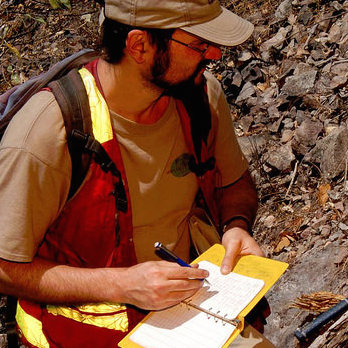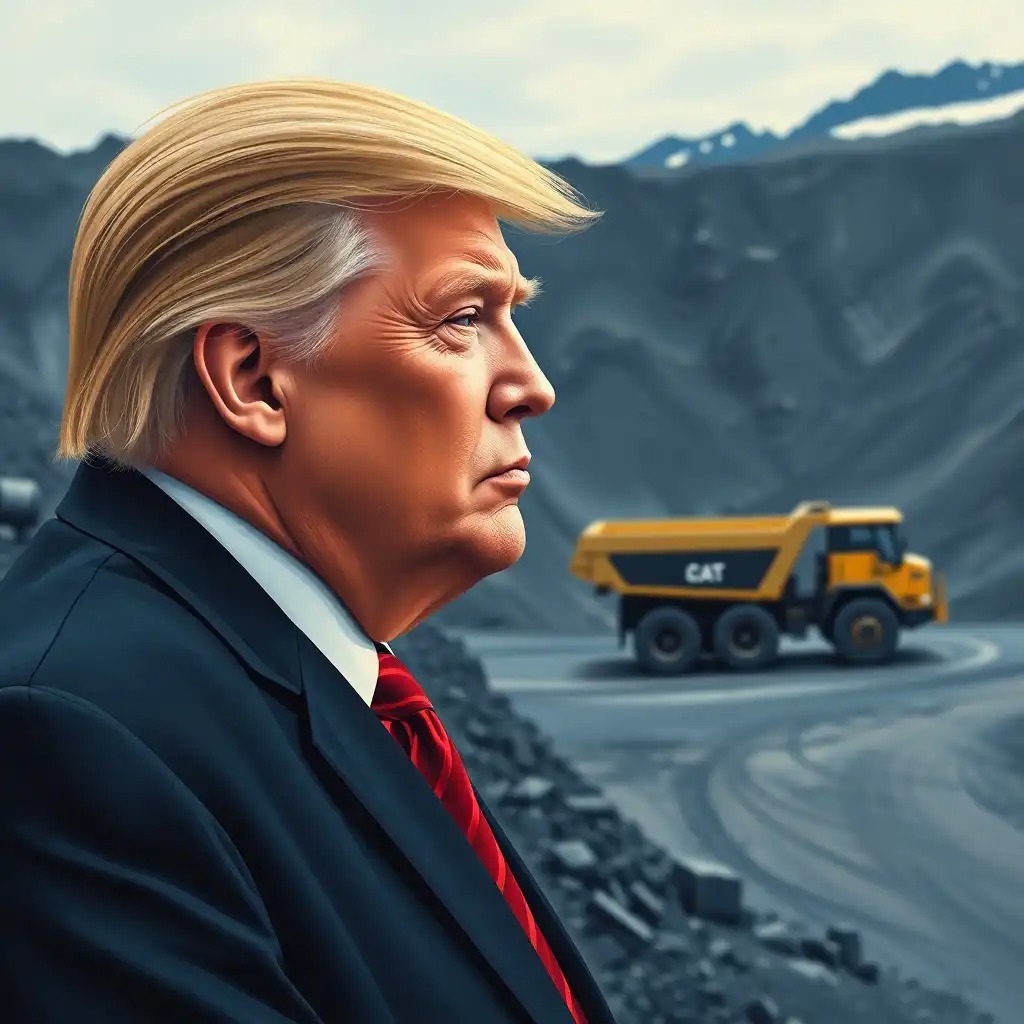David Rhys, structural geologist, makes his way in the mining industry on his own terms

Mapping project in Mexico. — Photo courtesy David Rhys David Rhys grew up in Vancouver during its formative years – think Expo 86 – and completed gr
Mapping project in Mexico. — Photo courtesy David Rhys
David Rhys grew up in Vancouver during its formative years – think Expo 86 – and completed graduate studies at UBC while enjoying North Vancouver’s outdoor haven.
As a student, he worked as an assistant in the BC Department of Mines and Geological Survey and, from his seat in the helicopter, was able to see British Columbia, Yukon and the Northwest Territories in a way others rarely do.
“When you get out in the helicopter you feel like you are the first people even on the ridgetop,” said Rhys. “For a guy in his late teens and early 20s, it is a dream to be in some of these places where you can think about how part of what you are sitting on used to be islands and volcanoes that collided with North America. You can be standing on an ice field in northern B.C. and be looking at a fossil coral reef right in front of you. It is a fantastic view of the world.”
These experiences cemented Rhy's passion for the natural world and he soon turned his sights on the mining industry. But before starting grad school he cruised Australia for a year.
“I ran out of money in Darwin and started phoning mining companies out of the book,” said Rhys. “I ended up on a mapping project in northern Australia and structural geology struck my mind.”
Structural geology is specialized, but requires a broad geological view of a deposit or district. It looks at the physical makeup of why the ore deposit is where it is, its shear zones, faults, and other factors that control where it is. “It is forensic work, essentially, looking at how the ore is shaped and looking at the known understanding of how a deposit is made up and from that, how to explore for and design a mine,” said Rhys.
He ended up part of UBC’s Mineral Deposit Research Unit, which had just been established and became a high-profile project that springboarded his career.
“The unit was an independent partnership modelled on similar programs in Australia and it has involvement from various companies,” said Rhys. “It gave incredible exposure to me, and anyone in the unit already had a network after their degrees.”
Thanks to this and the specialized nature of this work, Rhys has enjoyed a bountiful two decades. He currently operates Panterra Geoservices, and credits his extensive personal network for shielding him from economic fluctuations in the industry. His consulting work is anchored by some big clients established in the '90s, such as in the Timmins area of Ontario, where he has been working since day 1.
“One project I have been working on over the long term is Goldcorp's Hoyle Pond Mine from the early days when it was owned by Kinross Gold, and I have seen it at every stage from the surface to 1600 metres below, giving me the opportunity to see the entire deposit open up,” said Rhys. “I can see how the deposit has evolved and changed as the company has developed it, and I have a great working relationship with the people there.”
The industry has gone through massive changes since the late '80s, said Rhys, starting with the obvious technological growth including the use of data, geophysics, chemical geology and analytics, all of which have contributed to a growing understanding of how mineral deposits form through geology in time and space, and how different some are from others.
“In the last 20 years the geological understanding of mineral deposits and the tools we use to explore them have significantly advanced,” said Rhys. “The science behind the ideas has been really pulled apart and provides us a variety of additional tools, which link back to technology and help us explore. We are reaching a culmination in how the science is applied.”
Another major factor in mining’s development has been the changing face of investment in Canadian mining—the scene in the late '80s was largely focused at home, prompting rushes outside of Canada and causing this country to become a powerhouse both in resources and technology.
“Canada is a large country with a small population and so much explorable area, so it has a disproportionately large number of people trained in geology and who know how to do exploration in remote locations,” said Rhys. “Canadian mining companies are taking on the whole world through financing and on the geology and technology end.”
Coupled with the current depression in metal prices, a significant challenge to the industry, however, is anti-mining sentiment, which exists around the world.
“There is a lot of misinformation out there and we can try to counter it, but it is difficult,” said Rhys. “Whether it is in South America and Canada or Romania and Europe, there is a huge sentiment largely based on poor or misinterpreted science or hearsay.”
People are applying historical scenarios to contemporary companies, assuming Canadian companies are exploiting Third World countries, he said. “I can say having worked all around the world, Canadian mining companies are very responsible and are always applying the same standards internationally as they do in Canada.”
Another challenge is the declining availability of surface deposits and the lack of venture capital within the deep downturn the industry now faces. Moving forward, Rhys said, the industry will look more compact and streamlined with companies doing more with less.
“The surface is cheaper to explore and mine, and there is a huge amount of potential for deeper deposits, but they are more difficult to find and the per pound of copper or ounce of gold discovery costs will increase,” he said. Countering this, however, is better use of geological knowledge and technology so that companies can be smarter about targeting higher grade deposits.
The playing field also has to be levelled between residents, mining companies and aboriginal groups, he said. “It is a big hurdle to overcome, not only to convince everyone of how it’s beneficial long-term, but also you have to politically convince people and standardize the rules of engagement.”
In the future, Rhys thinks the cyclical nature of the industry will change and its “booms” will look different, turning the whole venture capital aspect in a different direction.
“The global need for the products of mining will increase and we will ultimately see future booms because if we go through longer cycles where the supply diminishes, the price goes through the roof and metal prices might justify more costly forms of exploration and development into deeper or lower grade deposits,” he said.
In five years, Rhys hopes to be doing more of the same, but maybe at a slower pace, and over the next decade and beyond he hopes he can give back to the industry at home and internationally.
“I hope to be giving back and volunteering to lecture in 10 to 15 years or doing training sessions or volunteering for mapping courses,” he said. “I have given short courses in many areas, including recently in Lima, Peru. Such overseas courses in particular the students really appreciate since they simply don’t have access to the same number of societies and mentorship as in North America.”
The experienced geological community is rapidly aging or losing qualified personnel as opportunities diminish in the current market, so this form of education is part of passing a legacy to the next generation of international mineral explorers, he added.
Drilling down
NameDavid RhysCompanyPanterra GeoservicesMust readsI like good news magazines like The Economist and science stuff—everything from Scientific American to geology journals, and biological and earth sciences.Greatest career momentMy business is to enjoy my work and what I do. I don’t randomly take jobs; I take jobs in areas or deposit types that help me develop a better understanding of what I do so I can maintain a direction or theme in my consulting, the focused experience of which ultimately also benefits my clients. I am always working towards certain goals.




